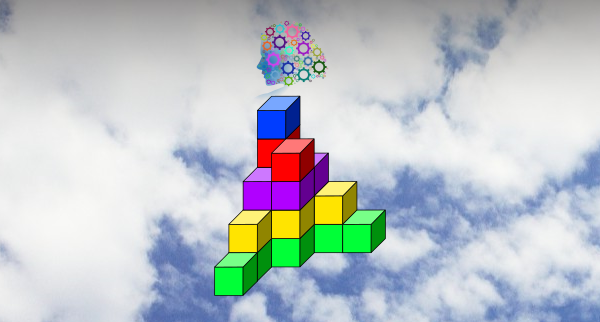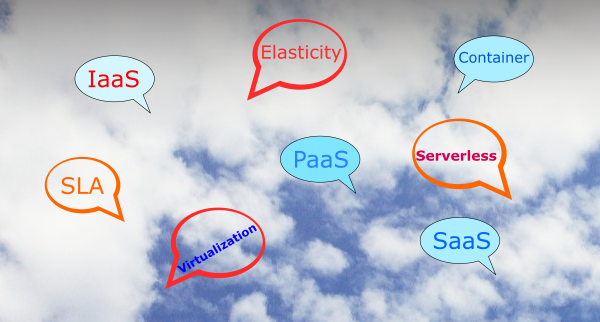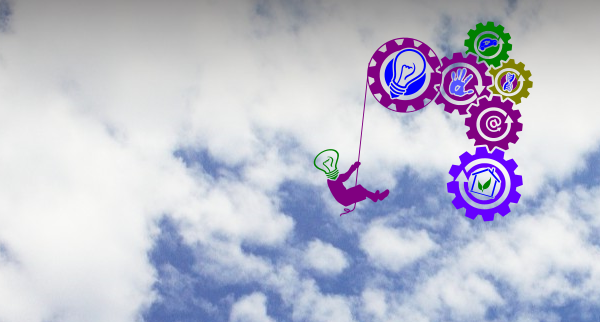Open Location Code: What Developing Countries Need to Leap into the Future for Addressing and Navigation

Introduction
Occasionally, transformative technologies emerge to empower nations on a broader scale. Consider the impact of mobile technology—an innovation that traversed a spectrum from landline and ISDN [1] in developed countries , but that enabled the direct adoption of digital mobile phones in underdeveloped nations, foregoing the intermediate steps. Economists aptly term this phenomenon “the benefit of the latecomers,” as technology acts as an equalizer across underdeveloped, developing, and developed countries.
Now, an intriguing prospect lies within our reach, comparing “traditional addressing” with the potential of GPS technology [2] as a “novel technology-based addressing” solution. If embraced, this shift could represent a significant leap forward, particularly for developing countries.
In well-developed regions, urban planning has meticulously established infrastructure with organized buildings, streets, and roads, allowing for the luxury of traditional address systems. Conversely, in developing countries grappling with insufficient urban planning and subpar infrastructure, conventional house numbers and street addresses are often a rarity, except in limited areas such as modern business centres. Landmarks, like churches, mosques, and prominent buildings, are commonly employed for navigation, supplemented with vague directional cues like “walk a bit down and then a left-turn”.
Enter “Open Location Code”, poised to revolutionize this paradigm. Open Location Code [3] or OLC is ingeniously crafted to furnish location codes for any point on Earth’s surface, irrespective of traditional addresses or established infrastructure. This innovation promises to render the addressing challenge totally irrelevant for developing countries. Moreover, it presents an enticing alternative even for the developed world, either in lieu of, or alongside traditional addressing systems. In essence, OLC stands as yet another democratizing technology, akin to the impact mobile technology had decades ago, primed to empower and streamline addressing and navigation for the developing world.
What is Open Location Code?
The OLC is a geocode based in a system of regular grids for identifying an area anywhere on the Earth [3]. As summarized in Wikipedia [4], it was developed at Google’s Zürich engineering office, and released late October 2014. Location codes created by the OLC system are often referred to as “plus codes”.
The following key points are taken verbatim from reference [3] with clarifications added in brackets.
- Open source and easy to use: Plus Codes technology is open source and free to create and use. They are much shorter than traditional global coordinates, so they’re easy to [remember and] share.
- Language independent: Plus Codes are based on a set of 20 alphanumeric characters. They do not include easily confused characters (for instance, 0 and O, 1 and I, 5 and S), not case-sensitive, and they exclude vowels (to avoid strange word formations). The 20 alphanumeric characters are: numbers 2 to 9 and letters C F G H J M P Q R V W X.
- Accessible offline: Plus Codes work whether you’re online or offline—you don’t need an internet connection.
- Versatile: Plus Codes represent an area. The resolution of the area can be changed by adding or removing characters after the “+” sign.
Addressing the Unaddressed
The OLC scheme, utilizing GPS technology, grants people with previously unaddressed locations a vital functioning address. This is crucial for various purposes like home deliveries and for accessing services that require a fixed address like opening a bank account.
With improved location precision, the OLC offers the benefits of the developed world—providing a secure location for correspondence, establishing residency, facilitating financial transactions, ensuring accurate record-keeping, and enhancing identity verification processes. Overall, it contributes to smoother and more reliable administrative and financial interactions. This signifies that residential and non-residential buildings can now feasibly display their short code. This can be done in a manner similar to how the street number and building or house number are traditionally shown in address templates.
Beyond residential zones, open markets, parks, and even wilderness areas can now be precisely located using the OLC. Open market traders can utilize OLC to advertise their vending spots, simplifying customer connections through easy navigation. This system also facilitates navigation in open spaces for recreational activities like hiking, making it equally accessible and enjoyable for both the developing and developed world.
A Market Vending Spot Example
The vending space in the open market, depicted below, is identified by the geocoordinates Latitude: 8.598877 East; Longitude: 39.126998 North. These GPS coordinates correspond to the global OLC of 6GWXH4XG+HQ, a unique identifier on Earth. Inputting 6GWXH4XG+HQ into a mapping app, like Bing Maps or Google Maps, will precisely display the location on the map.

The OLC’s elegance lies in its ability to combine a concise code with a place name. Illustrated in the picture, the abbreviated code, H4XG+HQ5 Mojo, is particularly easy to remember and share. This alphanumeric code shares a resemblance with certain European postal codes, emphasizing its simplicity and user-friendly design.
The short code should always be used in conjunction with a place name, as the same code may correspond to multiple locations. For example, H4XG+HQ5 could be associated with London, New York, or Washington DC. In the absence of a place name, the longer OLC alphanumeric (global digital address) 6GWXH4XG+HQ must be utilized.
How to Obtain Digital Addresses
Online tools are available to convert GPS latitude/longitude coordinates to OLC or vice versa, making platforms like Bing or Google your reliable allies. If you prefer a convenient tool for real-time access to complete digital address information using your smartphone, My Data Wallet (MDW) app is your solution (see the screenshot image below with detailed digital addresses).
Currently accessible on Android, MDW will soon be released for iPhone users. The MDW app is freely available to Ethiopia here.

Conclusion
In summary, while a functional address is often taken for granted in the developed world, the OLC technology presented here has the potential to render the challenge of unaddressed locations virtually irrelevant. While smartphones are not a strict prerequisite for OLC, their widespread use is essential to fully leverage digital addressing for navigation and location detection.
To bridge this gap in the developing world, strategic policies must be adopted, potentially subsidizing smartphone costs. Businesses, especially in the financial sector, should align with emerging trends, recognizing the shift towards digital platforms.
As evident in developed countries like the UK, the shift to online banking is rapidly progressing, foretelling the disappearance of high street retail bank branches by 2027 [5]. In 2022, approximately 93% of the British people engaged in online banking, and in 2023, 25% have transitioned to digital-only bank accounts, a significant increase from 9% in 2019. This trend is likely to echo in most developed nations.
The evolving landscape underscores a crucial insight for developing countries: rather than investing in expensive buildings, they should explore the economical and future-proof alternative of transitioning to online platforms—an advantage often linked to adapting to technological shifts at a later stage. Simultaneously, empowering customers to embrace IT-based digital banking, perhaps by contemplating subsidies for personal smart IT devices, becomes pivotal in navigating this transition.
It means the synergy between strategic government policies, future-proof business strategies, and citizen empowerment can all go hand in hand. This ensures the complete realization of the democratizing potential inherent in OLC-based technology.
Note:
This article is concurrently published elsewhere with a slightly modified title:
Open Location Code: What Ethiopia Needs to Leap into the Future for Addressing and Navigation.
References
- “Integrated Services Digital Network (ISDN)”, https://en.wikipedia.org/wiki/Integrated_Services_Digital_Network
- “Global Positioning System (GPS)”, https://en.wikipedia.org/wiki/GPS
- “What are Plus Codes?”, https://maps.google.com/pluscodes/
- “Open Location Code”, https://en.wikipedia.org/wiki/Open_Location_Code
- “Banks to vanish from the high streets by 2027 as Halifax and Lloyds unleash new closures”, https://www.express.co.uk/news/uk/1724251/high-street-bank-closures-extinction-warning-lloyds-barclays















0 Comments